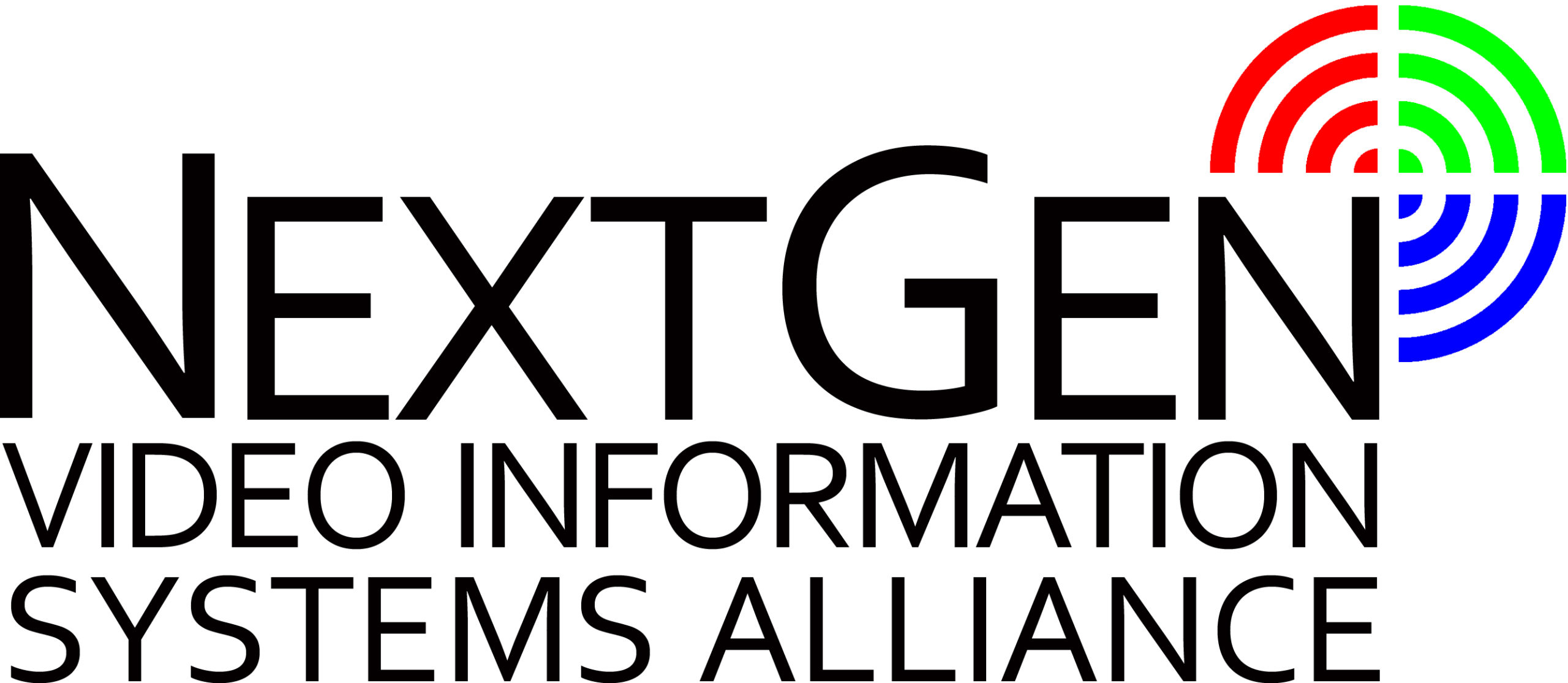NextGen Video Information Systems Alliance Welcomes New International and Public Broadcast Members

NVISA Also Announces Expansion of NextGen TV Work via Three Specialized Working Groups
Dec. 17, 2020 — The NextGen Video Information Systems Alliance (NVISA), a worldwide coalition of developers and manufacturers working to accelerate the industry’s evolution toward next-generation broadcast and OTT television systems, is expanding through the addition of four new members and the formation of three new specialized working groups.
With the addition of DigiCAP as the alliance’s newest regular member, the alliance now represents the full spectrum of ATSC 3.0 middleware solution providers that have joined forces toward making the vision of NextGen TV into reality. Expanding its membership of public broadcasters across the U.S., NVISA is pleased to welcome New Mexico PBS, Kentucky Educational Television, and UNC-TV Public Media North Carolina as the alliance’s newest associate members, joining ranks with Capitol Broadcasting Company, News-Press & Gazette Company, OneMedia, and Sinclair Broadcast Group.
NVISA has a global membership of organizations that are driving the definition and realization of ATSC 3.0 technology. This global network of companies includes ATEME, BitRouter, DigIt Signage Technologies/ChyTV, Digital Alert Systems, ENENSYS Technologies, Hitachi Kokusai Electric Comark and CDS, Triveni Digital, Verance, and other leaders in advanced technology and content.
“NVISA is extremely pleased to welcome these organizations as the alliance expands toward a truly global scope, supporting advanced next-generation TV services,” said Edward Czarnecki, NVISA chairman and executive director. “The addition of these three public broadcasters also shows the key role that public TV will play in NextGen TV. ATSC 3.0 is starting to coalesce rapidly, with a growing number of station deployments. NVISA members are dedicated to realizing the enormous potential that ATSC 3.0 offers to transform broadcast television worldwide.”
“By joining NVISA, DigiCAP is committed to contributing its effort to cultivating the next-gen ecosystem and growing the market,” said Sang Jin Yoon, SVP of business development at DigiCAP. “NVISA’s mission of driving innovation while minimizing fragmentation of solutions for information services is essential for the success of ATSC 3.0 deployment globally.” DigiCAP brings additional international experience to NVISA through their involvement in building the world’s first ATSC 3.0 alerting service in South Korea, which launched last year.
“Kentucky Educational Television is pleased to join with NVISA members to work toward NextGen TV advanced information solutions for public safety, civic engagement, and educational service,” said Tim Bischoff, KET chief technology officer.
“New Mexico PBS has been an active participant in the ATSC standards process, and we look forward to contributing to the effort to promote forward-looking technologies with the potential to move our industry forward,” said Mike Snyder, New Mexico PBS’ studio technology manager.
“UNC-TV has been a leader in NextGen TV Public Safety communication research, and we see our partnership with NVISA as a vital part of the equation that will help the industry develop new products for consumers, first responders, and other sectors and, ultimately, help us fulfill our mission of delivering trusted, educational, and informative content to all North Carolinians,” noted Fred Engel, UNC-TV’s chief technology officer.
NVISA members collaborate, implement standards, and create best practices to help broadcasters accelerate their transformation toward next-generation ATSC 3.0 systems. Among the organization’s initial objectives is ensuring the successful deployment of enhanced emergency information solutions across the ATSC 3.0 ecosystem, including next-generation Advanced Emergency Information applications, enhanced media display for the Emergency Alert System, and accessible emergency information audio. To this end, NVISA has formed three working groups.
NVISA’s Video Integrated Display Symbology (VIDS) working group focuses on harmonizing a recommended practice for emergency information display in visual media, including a shared symbology and look and feel that can be used by video services across the Emergency Alert System, ATSC 3.0, and other visual media. Bill Robertson of Digital Alert Systems serves as the group’s chair.
NVISA’s Advanced Emergency Information working group will develop recommended practices and use cases for the advanced emergency information capabilities of ATSC 3.0 and NextGen TV. Ed Czarnecki, NVISA chairman and executive director, is the group’s chair.
NVISA’s Bitcasting and Broadcast Internet working group will examine advanced data broadcast technologies and applications (including public safety applications). Mark Corl of Triveni Digital serves as the Bitcasting and Broadcast Internet working group chair.


